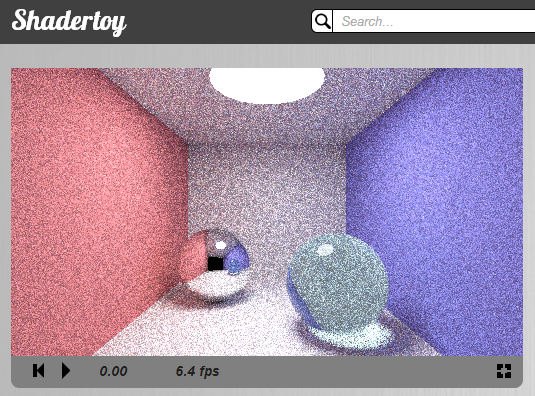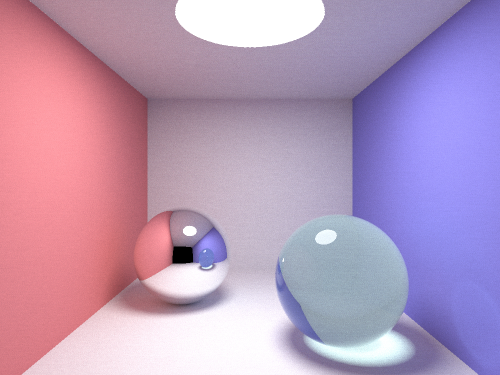John Carmack, the CTO of Oculus VR, gave a talk at the Game Developers Conference that just ended this week. Various topics are addressed, including the story behind Samsung’s Gear VR and what’s coming next, the democratization of virtual reality, the work on the API, the unsolved problem of controllers in VR, or the use of real-time ray tracing in VR.
It is a fairly long video (1h30), and as often with him, there are no pictures to see, just hear his personal views and insights on the work he is currently taking care of.


